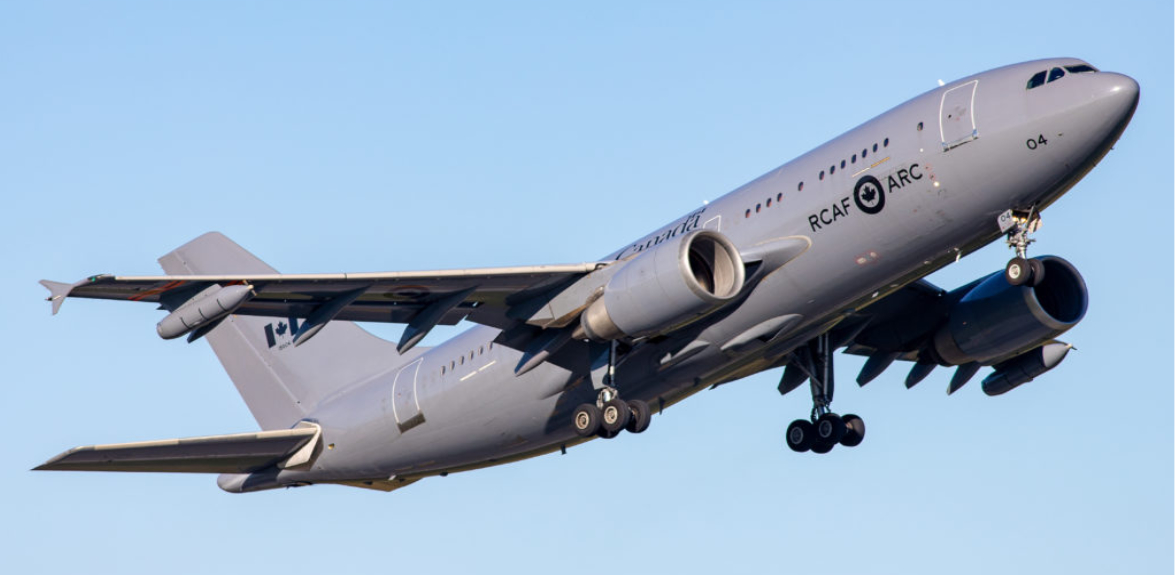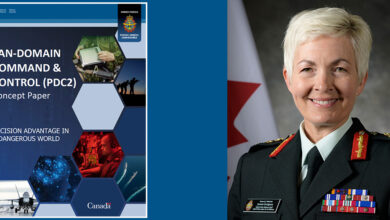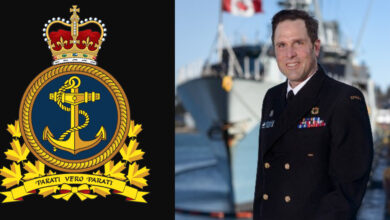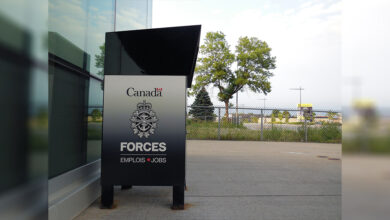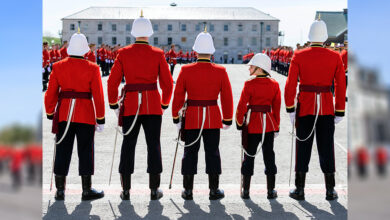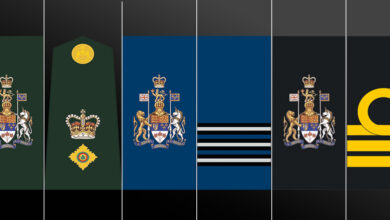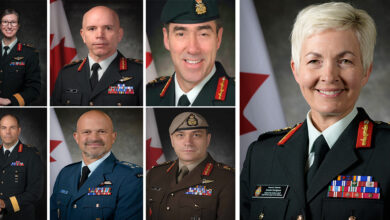Policy
DND announces US$102 million contract to procure two aircraft
The Royal Canadian Air Force moved one step closer to updating and establishing its Strategic Tanker Transport Capability fleet by announcing a $102 million (USD) contract to procure two aircraft.
The contract awarded to International AirFinance Corporation will procure and prepare two Airbus A330-200 aircraft. The procurements of new aircraft will replace the RCAF’s current CC-150 Polaris fleet.
The two A-330-200 aircraft are used and were manufactured in 2015. However, according to the Department of National Defence (DND), the aircrafts are being “procured at the best value for money for Canadians.”
“The Government of Canada is committed to providing the Canadian Armed Forces with the equipment they need at the best value for money. We look forward to accepting these two aircraft as they represent an important first step in eventually replacing the capability currently provided by the CC150 Polaris fleet,” said Minister of National Defence Anita Anand, who announced the finalization of the contract on Thursday.
The New Aircraft
The two A-330-200 aircraft are used and were manufactured in 2015. However, according to the Department of National Defence (DND), the aircrafts are being “procured at the best value for money for Canadians.”
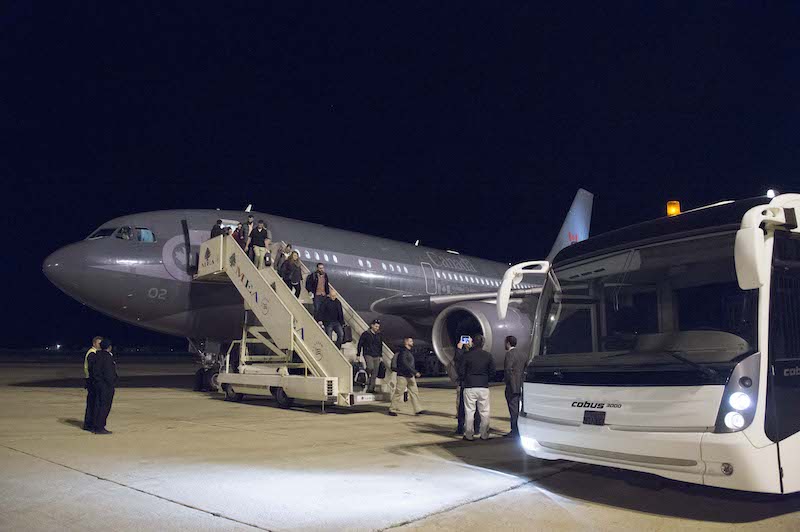
The aircraft will arrive in Canada in winter 2023.
“Providing our Canadian Armed Forces members with safe, advanced equipment to protect Canadians is of paramount importance. These aircraft will support key airlift operations by the Royal Canadian Air Force while providing best value for Canadians,” said Filomena Tassi, Minister Public Services and Procurement Canada.
The commercial Airbus will be transformed into a strategic tanker by Airbus. Currently, they are configured for long-haul commercial use.
“After nearly 30 years of outstanding service, the RCAF is looking to the future of this crucial capability, and with today’s announcement, we are moving forward to the next step of the Strategic Tanker Transport Capability (STTC) project,” stated the DND press release.
These types of aircrafts are known as Multi-Role Tanker Transport, and several allied nations have followed suit, according to DND. The modifications for new or used aircraft will be completed through the Government’s contract with Airbus.
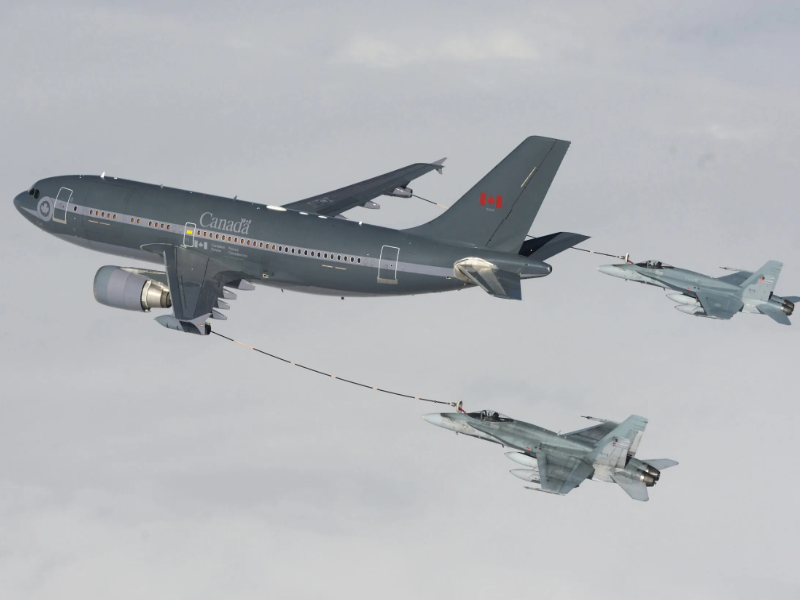
It is expected upon their arrival, the aircraft will initially serve in passenger/cargo roles as the process for modifications unfold. Some of these functions will include performing cargo, troop, and passenger airlift operations. According to a DND press release, “This could include, for example, the deployment of CAF troops and gear within Canada or overseas, the movement of civilian passengers in support of humanitarian relief operations, and transport of the Prime Minister, Governor General, and others.”
The Strategic Tanker Transport Capability
According to DND, since 1992, the CC-150 Polaris aircraft and its crews have provided the majority of air-to-air refueling for the Royal Canadian Air Force’s fighter fleet.
“After nearly 30 years of outstanding service, the RCAF is looking to the future of this crucial capability, and with today’s announcement, we are moving forward to the next step of the Strategic Tanker Transport Capability (STTC) project,” stated the DND press release.
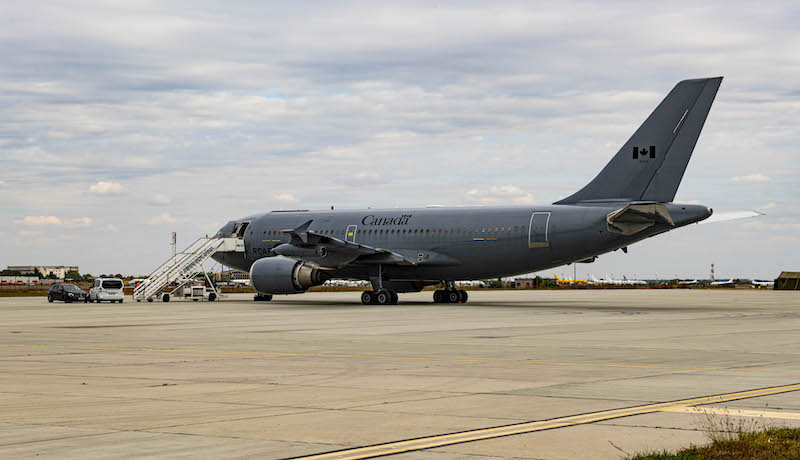
The project, Initiative 47 of Canada’s defence policy, will replace and renew the RCAF’s air-to-air refueling capability for the next generation.
Not only will the new fleet meet Canada’s NORAD and NATO commitments, but it will also be equipped to airlift large numbers of CAF personnel and their equipment in support of operations and training activities within Canada, including in Canada’s Arctic regions.
This will serve to enhance the existing transport capacity provided by the CC-177 Globemaster and CC-130J Hercules fleets.
As a multi-role fleet, it is expected that the RCAF will be able to select the most appropriate aircraft for a specific airlift mission and increase the RCAF’s ability to respond to unexpected operational requirements, such as domestic or international emergencies or humanitarian relief missions.
The exact number of the new fleet is anticipated to be six.


